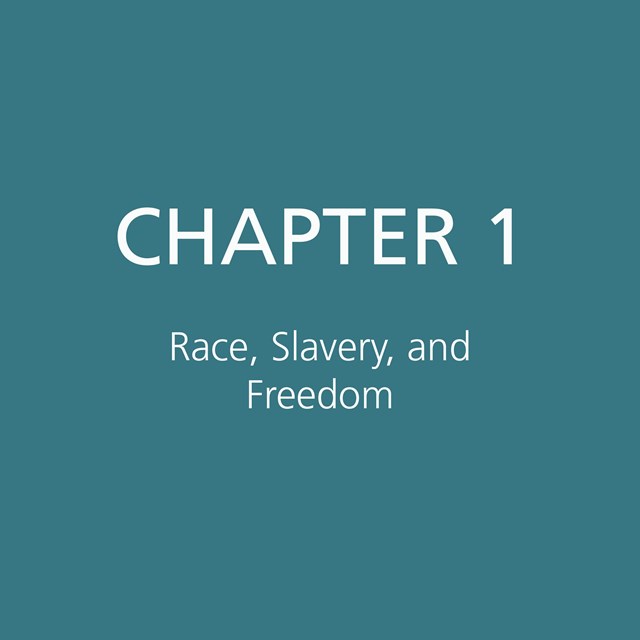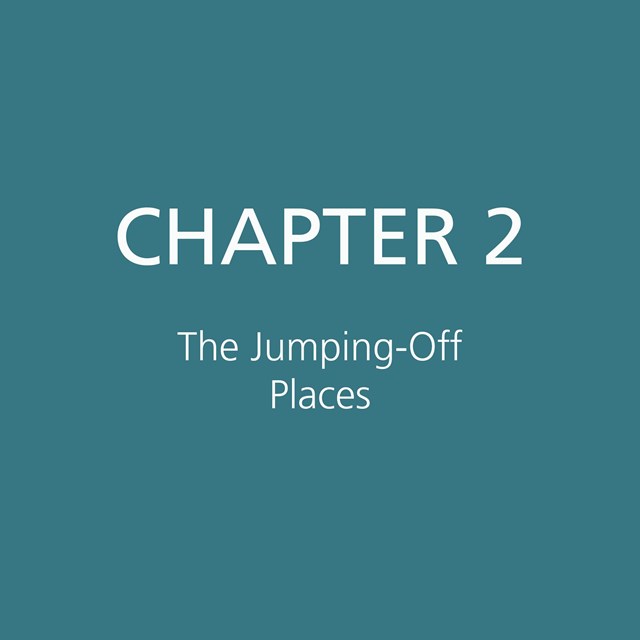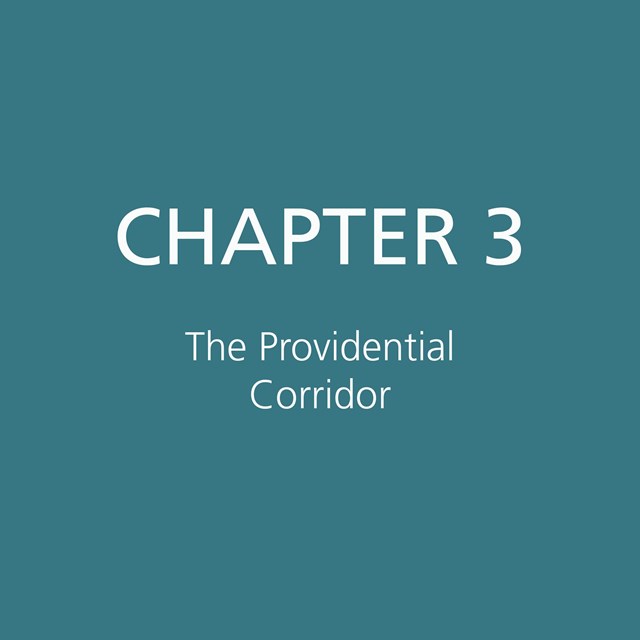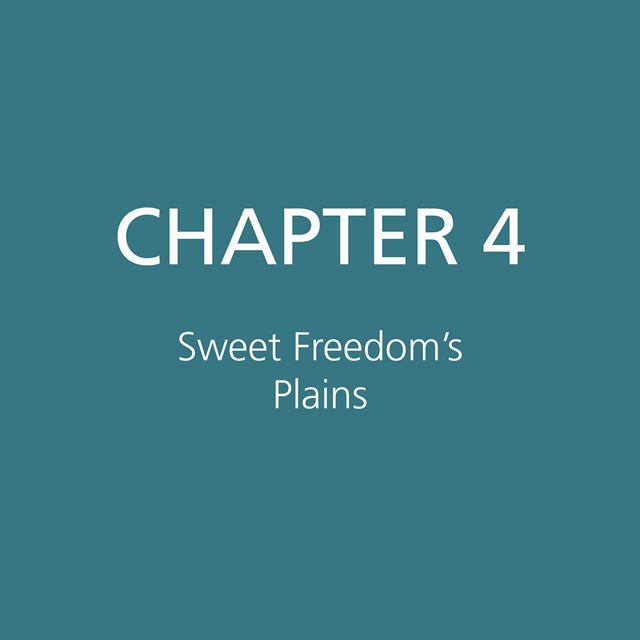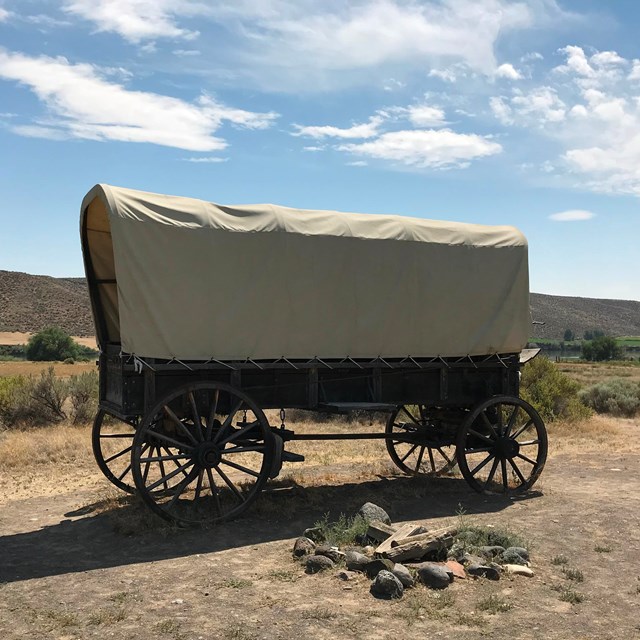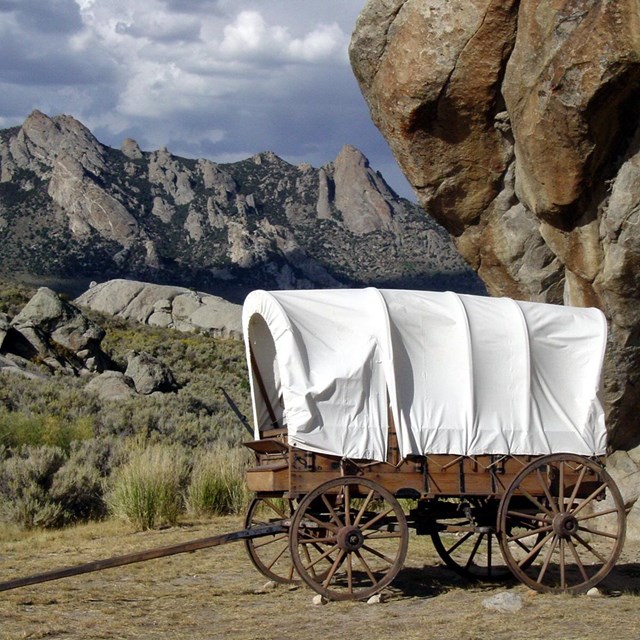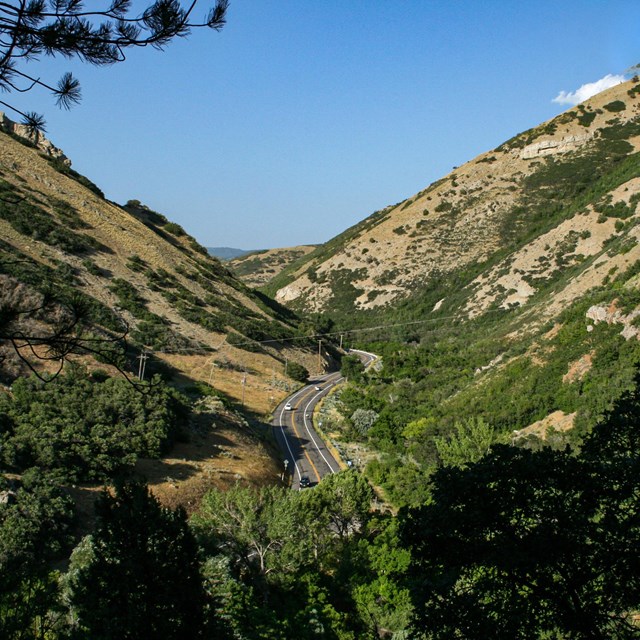Last updated: February 2, 2023
Article
Introduction - Sweet Freedom's Plains: African Americans on the Overland Trails 1841-1869
Sweet Freedom's Plains
African Americans on the Overland Trails 1841-1869
By Shirley Ann Wilson Moore, PhD.
For the National Park Service
National Trails Regions 6, 7, & 8
Preface
Methodology
The Flying Slave The night is dark, and keen the air,
And the Slave is flying to be free;
His parting word is one short prayer;
O God, but give me Liberty!
arewell – farewell!
Behind I leave the whips and chains,
Before me spreads sweet Freedom’s plains
-- William Wells Brown The Anti-Slavery Harp: A Collection of Songs For Anti-Slavery Meetings, 1848
The Western migration that carried nearly 500,000 emigrants over the Oregon, California and Mormon Trails from 1841 to 1869 (the year the transcontinental railroad was completed) was “one of the largest peacetime mass migrations in human history.”1 Despite the passage of time, however, the story of western migration continues to influence popular imagination and our national culture. In the public’s perception, western migration is replete with tales of rugged individualism, perseverance, ingenuity and heroism and their opposites. The popular understanding of the movement evokes iconic, albeit mistaken, images of straining teams of oxen and horses (rather than mules) yoked to creaking wagons driven by hardy pioneers of European stock, who steadfastly piloted their “prairie schooners” through relentless plains, searing deserts, and heart-stopping mountain passes.2 The traditional western narrative, no matter how compelling, falls short of the real story of overland migration and the diversity and conflict that defined this undertaking. African American men, women and children were western pioneers too. Enslaved or free, they were an integral part of the human tide that undertook the long journey across the continent. However, the journals, diaries, and letters of white emigrants, with few exceptions, are typically indifferent to the black emigrants who traveled overland with white pioneers, sharing the same hazards and dangers that comprised daily life on the trails.
Black people, like their white counterparts, crossed the plains for myriad personal, economic, social, and political reasons. The lure of free land, new business opportunities, and individual autonomy were aspirations shared by both groups. But African American pioneers were not merely “black white [men],” as some American Indians saw them and some white Americans expected them to be.3 African Americans also trekked westward for reasons rooted in their unique experiences as black people in nineteenth-century America, a nation that relegated them to a subordinate status.
Slaves usually had no choice and no voice in the decision to go west. Each unwilling step down the trail separated them from their families and loved ones left behind. A slave’s only solace was that he or she could somehow gain freedom at the end of the trail—freedom for themselves or eventually for loved ones back home. That cherished hope, so different from the hopes of white emigrants, sustained enslaved black overland pioneers along the way. Black emigrants who were already free went west largely to escape social injustice and economic repression. The “wild” West, especially gold-rush California, was a tumultuous place where industriousness and ingenuity could sometimes trump lines of caste, race and class.
Whether African American pioneers came across the trails as free people or under the dominion of westbound white slave-owners, they did so with an abiding conviction that they were more than anonymous laborers or disposable chattel property. For them the journey held out the possibility that in the West they would be able to establish themselves as human beings worthy of dignity, respect, and freedom.
Clearly, the lives, hopes, and expectations of nineteenth century black people differed in critical ways from those of white people. As a result, African Americans understood and experienced the westering journey in ways that white emigrants could not. The study of the African American experience on the trails broadens our understanding of the nature, scope, and meaning of westward migration. The experiences of the thousands of black men and women who came west compel us to reconsider the traditional narrative of our nation’s history.
1 For total emigration numbers of 500,000, see Mattes, Platte River Road Narratives, 5. Mattes explains his reasons for revising his earlier estimate of 350,000 for the period 1841-1866, which was included in his earlier work, The Great Platte River Road: The Covered Wagon Mainline Via Fort Kearny to Fort Laramie (1987; repr., Lincoln: University of Nebraska Press, 1979). A number of factors contributed to his revision of the 350,000 figure, including broader coverage of emigrant accounts that indicate higher totals, going beyond the numbers shown in the Fort Kearny and Fort Laramie registers to include all probable non-registrants on both sides of the Platte, and allowing for the probability of higher figures for 1859-1866 migrations to Colorado, Nevada, Idaho, and Montana as well as California, Oregon and Utah. For a more conservative estimate of just over 300,000, see Unruh, The Plains Across, especially Table 1, 119, in which he sets the 1848 pre-gold rush emigration subtotals at 18,847; and Table 2, 120, in which he sets the 1840-1860 grand total at 296,259. He places the total number of overlanders who emigrated to Oregon, California, and Utah from 1840 to 1860 at 315,106. Todd Guenther, “‛Could These Bones be from a Negro?’ Some African American Experiences on the Oregon-California Trail,” Overland Journal 19, no. 2 (Summer 2001): 45, also uses the 350,000 figure.
2 Archeologist Todd Guenther has stated that the last documented wagon trains rolled through South Pass in present day Wyoming in 1912Guenther, “Could these Bones be from a Negro?,” 45.
3 Guenther, “Could These Bones be from a Negro?,” 53.

